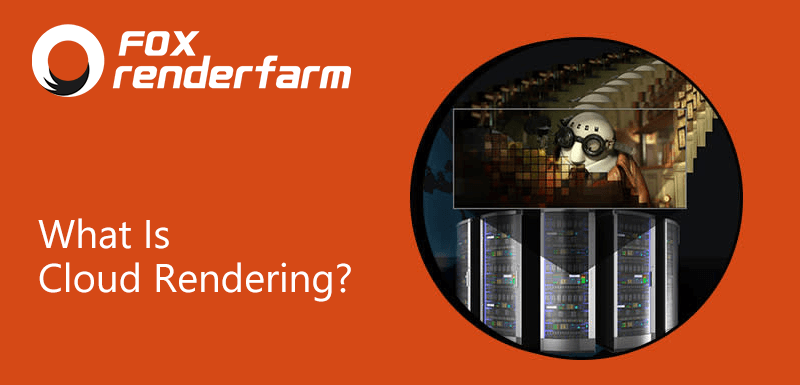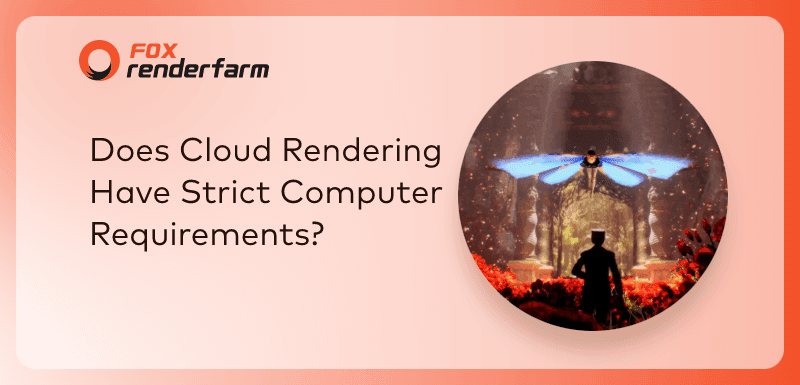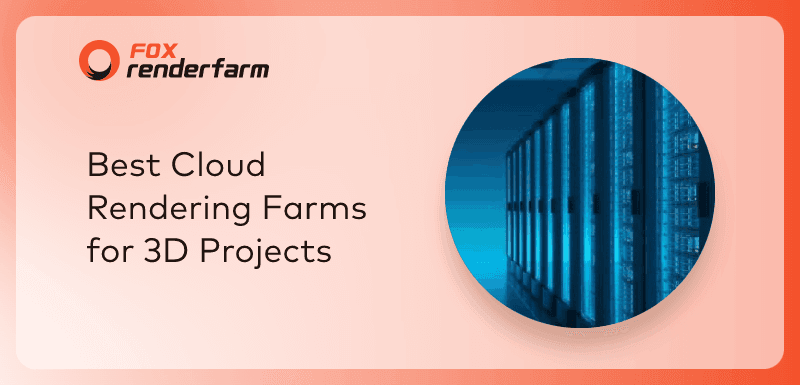How to Speed Up Architectural Rendering?

Rendering is a critical aspect of architectural design, but it can often be time-consuming and resource-intensive. Fear not! In this article, the leading cloud rendering service provider and render farm in the industry, Fox Renderfarm will walk you through the process of speeding up architectural rendering, helping you achieve faster results without compromising quality. Whether you're a beginner or looking to optimize your rendering workflow, these tips and best practices will inspire you.
Understanding the Architectural Rendering Software and Tools
To begin, it's important to familiarize yourself with the software and tools commonly used in architectural rendering. Here are some key ones to consider:
-
V-Ray: V-Ray is a professional rendering software widely used in the fields of film, animation, architecture, and design. It offers high-quality ray tracing and global illumination effects, allowing for the simulation of complex lighting and shading effects found in the real world. V-Ray features a powerful rendering engine and a flexible material system, enabling users to create realistic visual effects.
-
3ds Max: 3ds Max is a professional and integrated software for 3D modeling, animation, and rendering. It is widely used in fields such as film, television, game development, architecture, and design. 3ds Max offers powerful modeling tools that allow for the creation of various complex geometries and surface details. It also provides a rich set of animation features, including skeletal animation, physics simulation, and particle systems, among others.
-
SketchUp: SketchUp is a powerful and user-friendly 3D modeling software that is suitable for various design fields and helps users quickly create, edit, and visualize 3D models. It is widely used in architectural design, interior design, landscape design, and other areas.
-
Lumion: Lumion is a powerful and user-friendly rendering and visualization software primarily used in the fields of architecture and landscape design. It can transform static architectural models or scenes into realistic and vivid visual presentations. Lumion features a robust rendering engine that can generate high-quality real-time lighting, shadows, and material effects. Users can easily adjust the ambiance, weather, lighting, and other parameters of the scene through simple operations and quick presets, allowing them to observe real-time changes in the rendering effects.
Common Mistakes and Challenges in Architectural Rendering
Before diving into the tips, let's address some common mistakes and challenges that beginners often encounter:
-
Overloading the Scene: Including unnecessary details in your scene can significantly impact rendering times. Be mindful of what elements are essential and consider removing or simplifying the rest.
-
Ignoring Hardware Requirements: Rendering can be hardware-intensive, so ensure your system meets the recommended specifications for smooth performance.
-
Misusing Render Settings: Understanding render settings, such as resolution and quality settings, is crucial. Using excessively high settings can lead to longer rendering times without significant visual improvements.
-
Forgetting to Optimize Textures and Materials: Large texture files and complex materials can slow down rendering. Optimize textures by using smaller file sizes and consider using material presets for efficiency.
Now that we've covered some common challenges, let's explore tips and best practices to speed up your architectural rendering process.
How to Speeding Up Architectural Rendering?
- Use Proxies for Complex Geometry: For intricate or detailed models, consider using proxies or placeholders to simplify the scene. This reduces the computational load and speeds up rendering times.
- Utilize Efficient Lighting Techniques: Optimize your lighting setup by using techniques such as global illumination, light baking, or pre-rendered lighting solutions. This can dramatically reduce rendering times while maintaining visual quality.
- Regular Hardware Updates: As rendering software continues to advance, staying up to date with hardware can greatly improve performance. Consider upgrading your CPU, GPU, or RAM to take advantage of the latest technologies.
- Keep the Scene Tidy and Organized: Maintain a clean and organized scene by removing unused objects, optimizing scene hierarchy, and utilizing layers. This streamlines the rendering process and improves efficiency.
- Use Cloud Rendering Service: Cloud rendering platforms, such as Fox Renderfarm, distribute the rendering workload across multiple machines, significantly reducing architectural rendering times for complex scenes. Explore cloud-based render farms that offer flexible and scalable options.
Conclusion
By implementing these tips and best practices, you can significantly speed up your architectural rendering process. Remember to optimize your scene, make use of proxies for complex geometry, leverage cloud rendering service, utilize efficient lighting techniques, and keep your hardware up to date. If you are finding a render farm for your 3D architect project, Fox Renderfarm is a good choice and it also offers a free $25 credit to new users.
Recommended reading
Top 9 Best And Free Blender Render Farms of 2025
2024-12-30
Revealing the Techniques Behind the Production of Jibaro "Love, Death & Robots", Which Took Two Years to Draw the Storyboard
2025-02-10
Top 10 Free And Best Cloud Rendering Services in 2025
2025-03-03
Top 8 After Effects Render Farm Recommended of 2025
2025-02-10
Top 5 Best and Free 3d Rendering Software 2025
2025-02-10
Shocked! The Secret Behind Using 3D to Make 2D Animation was Revealed!
2025-02-10
How to Render High-quality Images in Blender
2024-12-04
Easy Cel Shading Tutorial for Cartoon in Blender Within 2 Minutes
2025-02-10
Partners
Previous: 3D Tutorial | Blender Rapid Tyndall Effect
Next: 3D Tutorial | How to Make a Gun in Blender
Interested






